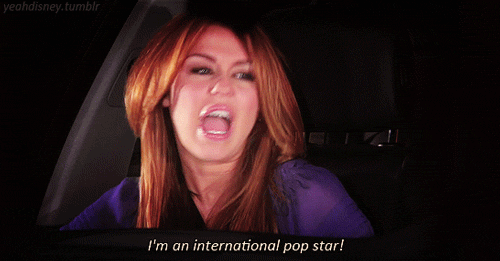 |
| ©2013 Cheezburger, Inc. |
As of June 2010 Ask.fm was launched on android and iPhone
in a few countries.
Today there are over 65 million registered users in 150 countries that have access on mobile, desktop or tablet; keeping in mind an unregistered user can participate by solely asking questions and not having to answer any. (Henley, 2013)
Today there are over 65 million registered users in 150 countries that have access on mobile, desktop or tablet; keeping in mind an unregistered user can participate by solely asking questions and not having to answer any.
What makes Ask.fm so popular and can we identify the
space being created among users that is just so addictive and potentially
destructive to the individual?!
Since joining the ask.fm forum a couple weeks before
BA1002 started, I observed a number of events.
Over the last few weeks I spoke about my friend “Tim” who had agreed to
meet me based on an anonymous conversation I had engaged him in. That was just a slight reflection of how easy
people are willing to trust on a social network and the potential risks
involved when you carry social networking into a “real life” space.
I believe that to really and truly understand how Ask.fm
can be so addictive and destructive there need to be the correct conditions in
place: you need to create a profile where content can be stored, reviewed and easily
accessible. You would also need to be
following a collection of close friends, it is assumed that once you follow a
friend the norm is that they will follow you in return. This creates a little “community” within the
forum where you can often see the activity of friends around you and how they
interact with each other.
The social linguistics on Ask.fm is not always about the
content of questions and responses but the effectiveness of speech that impacts
on the individual when receiving personal questions, especially at a high
volume. (Tuan, 2011, p. 685) Some “Safety Tips” are available on Ask.fm as
a guideline for users which states “Anonymity should never be used to ask
questions that are mean or hurtful... This can be useful if you’re feeling shy
or think that the recipient would be more comfortable answering a question
without knowing who may have asked it.” (SIA, 2013) .
To what degree do you think that teenagers or anyone for
that matter is going to refrain from using mean or hurtful language? They
don’t.
By regularly browsing your “friends” profiles you may come across a question that was asked about you from an anonymous user, which ultimately installs a sense of paranoia and growing anxiety that you’re constantly being talked about. This could be in a positive or negative light. Some popular personal questions include “What are your thoughts on Tim/Sarah/Mr. White?”, “Who are the top 5 hottest girls/boys from high school?” or furthermore confronting questions that users still choose to answer such as “Are you a virgin? If so how many times have you had sex?”, “What is your annual income after tax?” or “What is your ultimate sexual fantasy?”.
By regularly browsing your “friends” profiles you may come across a question that was asked about you from an anonymous user, which ultimately installs a sense of paranoia and growing anxiety that you’re constantly being talked about. This could be in a positive or negative light. Some popular personal questions include “What are your thoughts on Tim/Sarah/Mr. White?”, “Who are the top 5 hottest girls/boys from high school?” or furthermore confronting questions that users still choose to answer such as “Are you a virgin? If so how many times have you had sex?”, “What is your annual income after tax?” or “What is your ultimate sexual fantasy?”.
“If people have the power to build, they also have the
power to destroy, and on the whole, it is easier to destroy than to build. It
takes skill to put up even a modest house and little skill to deface or burn it
down.” (Tuan,
2011, p. 693) Based on the little “community” that I have
formed on Ask.fm and the increasing time I’ve spent on it, there is a real
sense of space and time that we are all back on the school playground telling
fibs and passing on your best friends secrets to others. We, the users are allowing and promoting the
behavior that as a child, would consequently result in a lunch time detention. We are not asking valuable questions, we are
asking to be bullied, judged, have our personal beliefs questioned and lives
being exploited for all to see.
Furthermore I would like to look at next week’s blog
topic: ‘Genre and Identity’ where I will draw personally from the content of my
perspective and how the narrative network can affect the individual.
Bibliography
1. Henley, J. (2013). Ask.fm: is there a way to make it
safe? The Guardian.
2. SIA. (2013). Ask. Retrieved from www.ask.fm
3. Tuan, Y.-F. (2011). Languages and the Making of
Place: N Narrative-Discriptive Approach. Explorers and Pioneers, p.
688.





